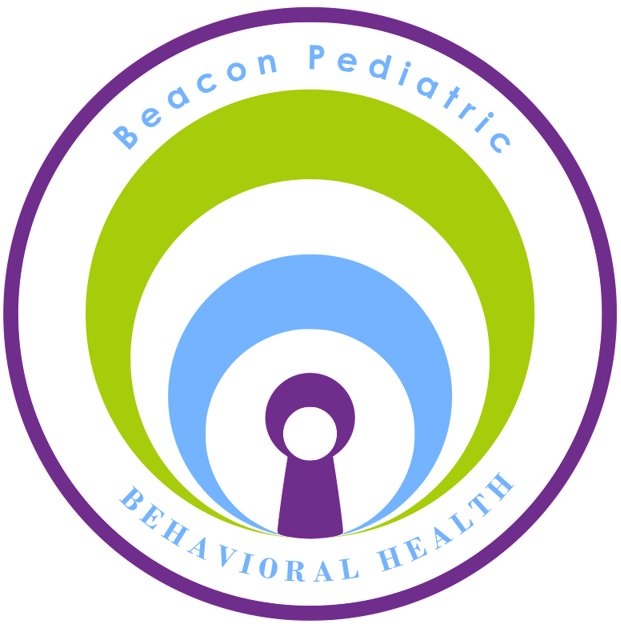APPLIED BEHAVIOR ANALYSIS
(ABA)
WHAT IS ABA?
ABA stands for Applied Behavior Analysis. ABA is the practice of using behavioral principles to increase the actions and skills that are appropriate and functional, and to decrease the behaviors that are maladaptive or impairing.
To fully explain ABA would take much more than a brief summary on a website. Here you will find a general overview of the basics of ABA to help you get started on your journey!
WHAT DOES ABA THERAPY LOOK LIKE?
Here’s the most amazing thing about ABA — just like your child is a uniquely special person, his/her ABA program is going to be uniquely tailored specifically to his/her needs, strengths, weaknesses, and interests! As your child’s caregiver, you know your child better than anyone else — we strongly believe that your input and collaboration is key to success!
The intensity level of ABA may range anywhere between 6 hours per week to up to 40 hours per week, depending on medical necessity, clinical needs, and logistics.
The location of ABA therapy may be in the clinic, in the home, in school, and/or in the community (e.g., the store, park, playground, organized activity, etc.)
ABA may look like fun time and play during Natural Environment Training (NET) or it may look like structured teaching drills during Discrete Trial Training (DTT). ABA may also look like the therapists consulting with caregivers, teachers, and other professionals in your child’s life.
Much of what ABA looks like will depend on what is best for your child and what is needed to reach his/her goals!

WHAT IS THE GOAL OF ABA THERAPY?
Increasing Functional Skills:
Communication and Language – Echoing sounds (echoics), requesting items and activities (manding), labeling items and activities (tacting), conversational skills (intraverbals)
Daily Living Skills – Toilet training, dressing, feeding, hygiene routines, chore completion, meal preparation and clean-up, functional listener skills (following directions)
Academics
Social Skills
Appropriate and Functional Play
Decreasing Problem Behaviors:
Self-Injurious Behaviors (SIB) – Self-hitting, self-pinching, self-biting, head-banging.
Aggression – Hitting, kicking, head-butting, punching, pinching, scratching, biting, hair pulling.
Property Destruction – Throwing items, ripping items, pushing items over, turning over furniture.
Elopement – Running away from caregivers
Stereotypy – Repetitive movements (e.g., hand flapping, spinning items, body rocking)
Tantruming – Crying, screaming, whining



